Roses 1890
Roses was painted shortly before Van Gogh's release from the asylum at Saint–Rémy. He felt he was coming to terms with his illness—and himself. In this healing process, painting was all–important. During those final three weeks of his recovery, he wrote his brother Theo, he had "worked as in a frenzy. Great bunches of flowers, violet irises, big bouquets of roses..."
[br]
...
- Size:
- 71 x 90 cm (27 15/16 x 35 7/16 in.)
- Medium:
- Oil on canvas
- Credit:
- Courtesy of National Gallery of Art, Washington
More from this artist...
Loading...
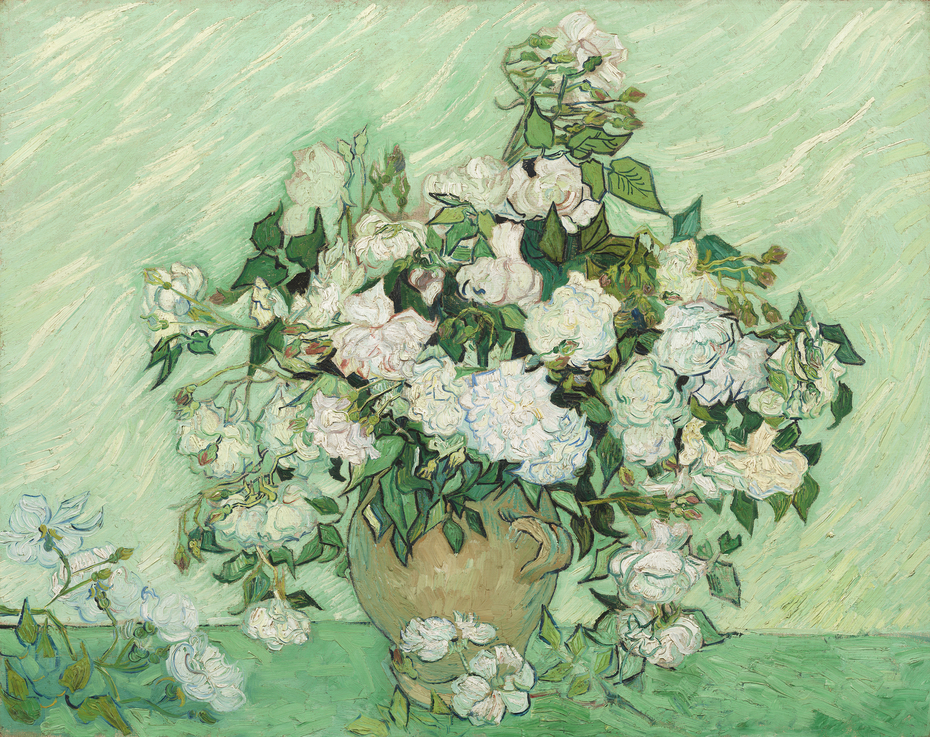

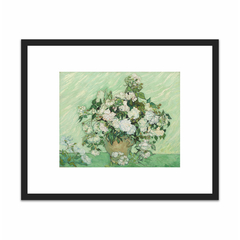
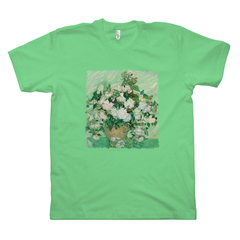
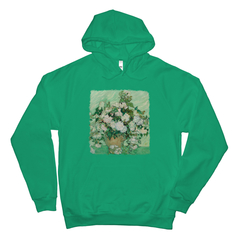
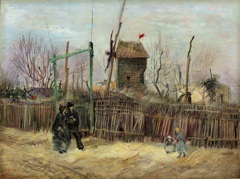
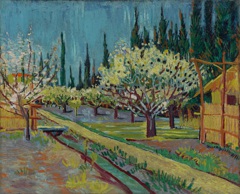

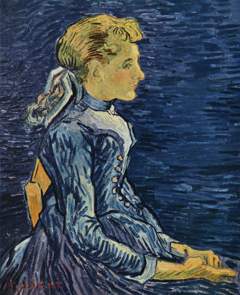

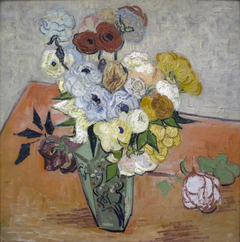

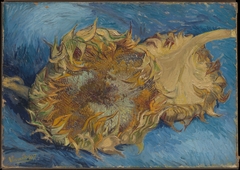
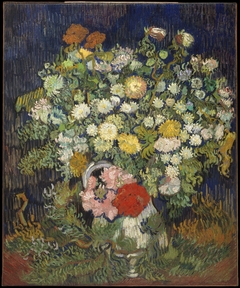
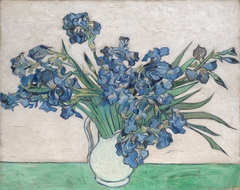
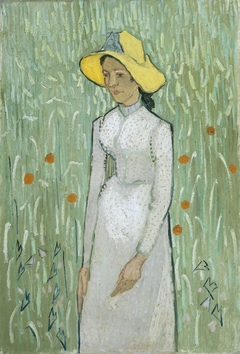
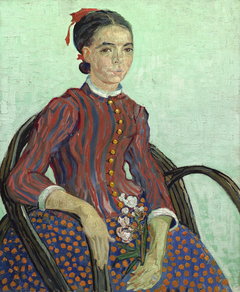
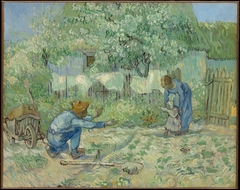
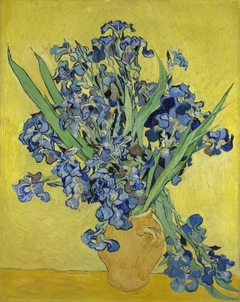
Discussion